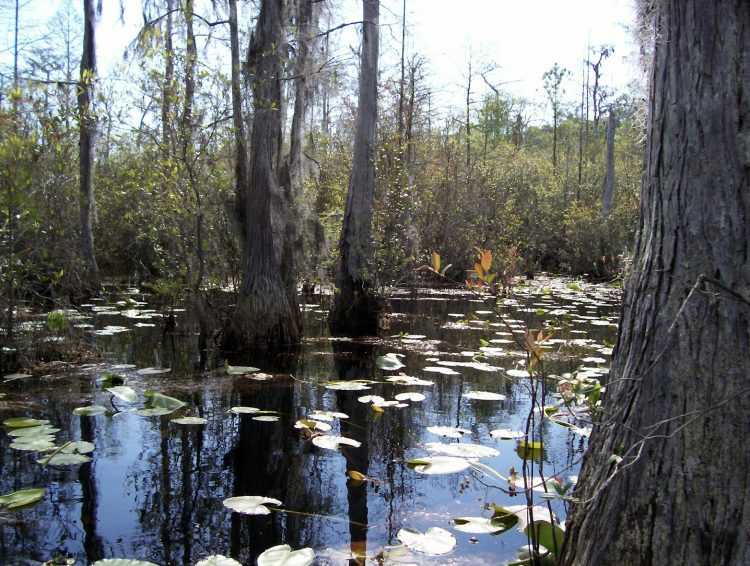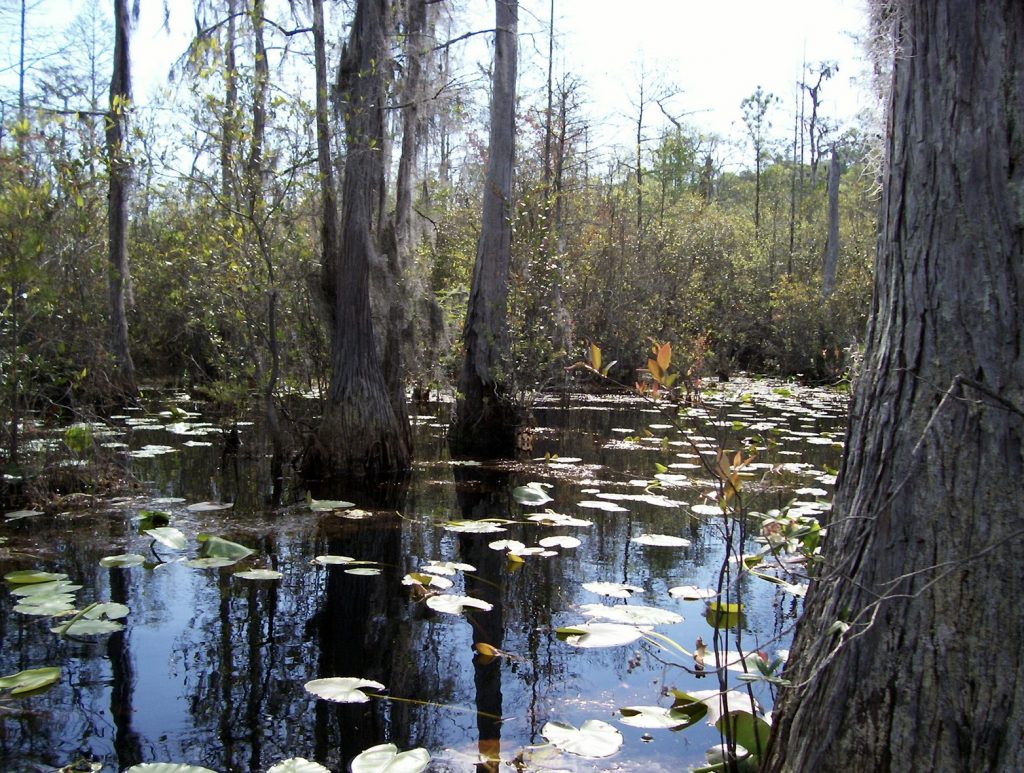Environment
Short Takes
Georgia’s new data center rule increases local controlDecember 1, 2025

By David Pendered
MARCH 24 –As the federal government lays claim to the waters and aquifer of the Okefenokee Swamp, the Supreme Court is deciding a case involving the waters and aquifer of the Rio Grande River Basin, in Texas.
The point of considering the two situations together is the rise in the nationalization of discussion over water rights. This could be a consequence of fresh water becoming scarce, even in historically water-rich regions of the United States such as Georgia and the Southeast.

The Texas case is the sixth interstate water litigation the Supreme Court will have handled since 2015. That’s six cases involving water rights in less than a decade, as noted in a friend of the court brief filed by nine law professors in the case styled Texas v. Colorado and New Mexico.
The most recent such case was the lawsuit filed by Florida against Georgia over Georgia’s use of water in the Apalachicola-Chattahoochee-Flint River Basin. Georgia won in a 2021 ruling by the Supreme Court that relieved Georgia of a possible need to alter its water consumption patterns from the basin.
The Texas case hinges on whether the United States will be allowed to intervene in a settlement agreement over the use of water in the Rio Grande Basin. The agreement was struck by Colorado, Texas and New Mexico. The deal resolved a lawsuit Texas filed in 2013 contending New Mexico was using too much water by pumping it from the Rio Grande’s aquifer. The United States opposes the settlement agreement reached by the states, contending that the federal government should have a say in the terms of deal. Congress approved the original Rio Grande compact in 1939 and this settlement affects the original agreement.
Lawyers argued their points before justices for an hour March 20. The court is expected to rule by June 30.
At the Okefenokee Swamp, the federal government has notified Georgia of federal interest in protecting water resources of the Okefenokee National Wildlife Refuge. The proposed mine near the swamp would pump about 1.4 million gallons of water a day from the Floridan Aquifer to process the sand that’s to be dug and sifted to extract titanium elements.
The U.S. Department of the Interior contends the swamp needs water to fulfill its mandated role as a “refuge and breeding ground for migratory birds and other wildlife.” That’s the purpose of the swamp, according to an executive order signed in 1937 by President Franklin D. Roosevelt that’s cited in the letter.
The proposal to mine sand from land near the southeast border of the swamp threatens the water supply, according to a Jan. 31 letter sent by the Interior Department’s Fish and Wildlife Service to the Georgia Environmental Protection Division of the Georgia Department of Natural Resources. EPD has issued a set of preliminary permits authorizing Twin Pines Minerals, LLC to start the mine. EPD is to finalize the preliminary permits after a period of public comment that closes April 9.
The FWS noted that its experts disagree with Georgia’s water experts on the potential impact the mining operation could have on the swamp.
EPD has noted that its research shows limited impact and that its hydrological models were affirmed in the Florida v. Georgia water ruling.
FWS disagrees with Georgia’s science and its letter concludes with this paragraph:
Click here to read how you can submit a public comment.
best post